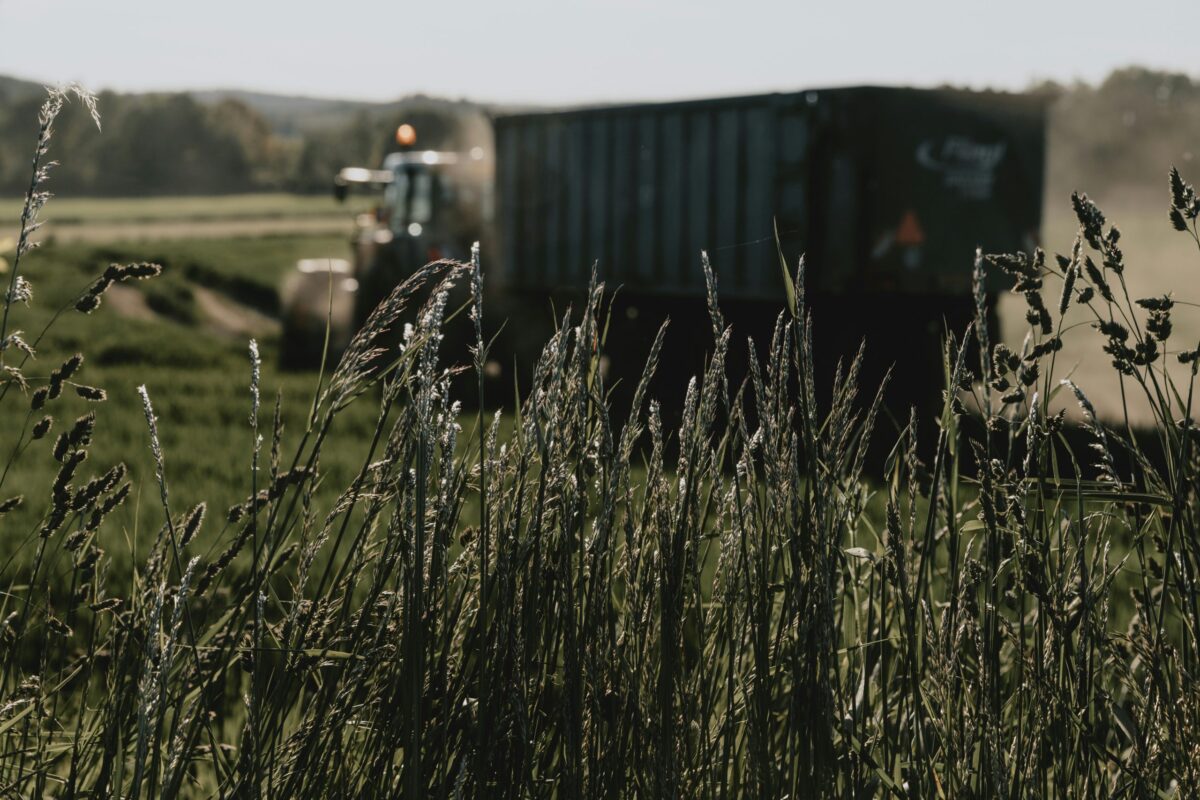Agriculture was, in 2024, a source of tension in Central and Eastern Europe, particularly linked to Ukraine’s situation; that happened also in Brussels and Western Europe, given the impact of the Mercosur deal and other topics.
But agriculture is more than a means of survival—it’s a source of global debate and conflict, as seen in the contentious EU-Mercosur trade discussions. European Agriculture and Food Commissioner Christophe Hansen recently underscored the immense pressures facing agriculture today: dwindling farms, an aging workforce, economic disparities, and mounting financial and administrative burdens.
These challenges are compounded by geopolitical tensions and climate change. Yet Hansen also pointed to opportunities for a resilient and competitive future, emphasising the urgent need for technological progress.
Innovation, sustainable practices, and equitable value chains can help agriculture thrive while attracting younger generations to the field. To secure the future of food production, agriculture must embrace technology to overcome its structural vulnerabilities and feed a growing world.
Escaping the Malthusian Trap
In so far as economics has a designated villain, it is Thomas Malthus. An otherwise polite cleric who spends the first section of his oft-referenced Essay on The Principle of Population lavishing praise on potential critics, he briefly outlined what for millennia had been a stark reality: food availability leads to population growth, which leads to food scarcity, which limits populations.
Malthus wasn’t being dismal. That simple dynamic stood in effect from the earliest days of civilisation well into the 1700s, when he was writing, and it would have seemed more or less reasonable to extrapolate from such as definite trend: per capita incomes, after all, were more or less the same in 400 BC Greece as they were in 1850 United Kingdom.
Then technology changed everything to the point to which agricultural output has been increasing ever since. That increase hasn’t been a ‘steady march of progress’ but often shifts in enabling technologies of Schumpeterian effect which enabled yields to increase while both employment in agriculture as well as crop land stood relatively constant while human populations, if anything, sky-rocketed.
In perspective, without that technology, we would need about 1.5 billion hectares extra dedicated to agriculture just to have the same yield, not to mention that, globally, as late as 1991 over 40 per cent of the global workforce was employed in agriculture.
In other words, the human population not only escaped the Malthusian Trap, but did so at colossal scale. Even today, when searing images of the malnourished are a daily reminder to say one’s Grace for every meal, every continent is in fact in a 23 per cent calorie surplus: ranging from 46 per cent in North America to 31 per cent Latin America and 17 per cent in Africa.
That being the good news. The bad news is that calories is the absolute minimum when it comes to nourishment, that we need to further increase yields in order to feed an increasing population and that increase will need to happen in the context of both water scarcity as well as changing climates and changing diet. To summarise: we need another technology shift, emphasis on the need.
We can delineate four areas of chronic need, and the most probable technologies required: logistics, water scarcity, changing diets and climate change.
Logistics
Most people will have been slightly surprised about the 17 per cent calorie surplus figure for Africa. But aggregates say little about the situation of individual countries, let alone specific towns.
Indeed, production capacity aggregates can be disastrous in predicting people actually having healthy meals: in the Soviet Union up to 20 metric tonnes were lost due to improper storage despite the widespread shortages of the 1980s.
Against such waste and inefficiency comes data-driven logistics and the connectivity revolution that turned the United States’ agricultural sector into something resembling a high-tech sector. McKinsey estimates that about 500 billion US dollars could be added in value to global agriculture by matching that through drone surveillance, automation and crop monitoring. The technology is available, scalable and an important first step.
Water scarcity
About 1.6 billion people live in water-scarce conditions and the number is set to double in little more than a decade.
In addition to the depletion of groundwater reservoirs, this is one of the main transmission channels of climate change’s negative effects, impacting everything from urban settlements to water-intensive agriculture such as rice and grains.
Furthermore, it is quite location-specific: while water-consumption is expected to increase only by 33 per cent in Western Europe by 2050 relative to 2004, the same figure stands at 560 per cent in East Asia or 426 per cent in South East Asia.
The bulk of that will come from agricultural usage, with Eastern Asia’s usage expected to jump from about 1,341,460 million metres cubed to about 8,549,132 metres cubedin 2050.
Technology is addressing that in two ways: one is water conservation, in particular in agriculture, and the second is the development of genetically modified crops that could need slightly less water, by, for example, reducing water loss in the rice itself.
Changing diets
Some of the pressure on agricultural land comes from changing diets: as people grow richer, people tend to consume more meat, which itself tends to be more taxing on the environment at large.
For example, the average Chinese citizen consumed about six times more meat in 2019 relative to 1978, with rural parts actually experiencing a 35 per cent decrease in grain consumption. Technology is accommodating that with a variety of alternatives to traditionally developed meat, either creating meat—quite naturally—in laboratories or making plants more appealing.
The degrees of success have been mixed but it suffices to say that about 46 per cent of current agricultural production goes into feeding livestock.
Climate change
Looming in the background of all of this is climate change, impacting everything from weather patterns to population distributions and land yields.
Current models have a baseline of an about 17 per cent decrease in wheat yields and 24 per cent for corn yields by 2030, with separate studies indicating that climate change has already decreased global crop yields by 21 per cent overall.
To an extent, that hasn’t been in the news for the simple reason that technology has kept coming to the rescue to keep increasing yields, but better fertilisers don’t match the scope of the poly-crises brought by climate change.
The greater acceptance and deployment of genetically modified crops, in particular CRISPR-led editing—as opposed to engineering—is crucial in keeping current yields and increasing them as they can deliver the next technological shift in agricultural needs.
For the past 300 or so years, technology has systemically allowed human populations to escape the Malthusian Trap and delivered a historical exception.
In order to meet the poly-crises of climate change and water scarcity in the context of rising populations, technology has to be allowed to do so through greater acceptance for genetically modified crops, greater investment in agricultural logistics and accepting that labs are neater than slaughterhouses.







